

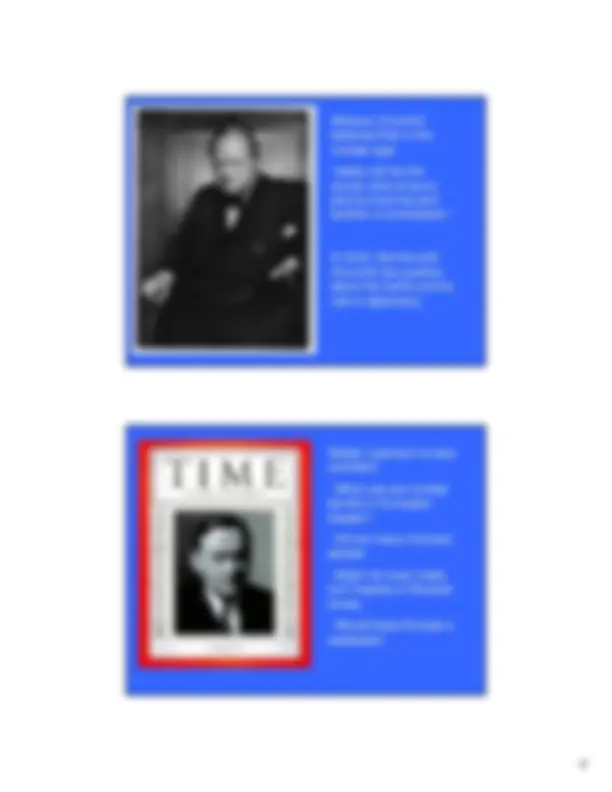
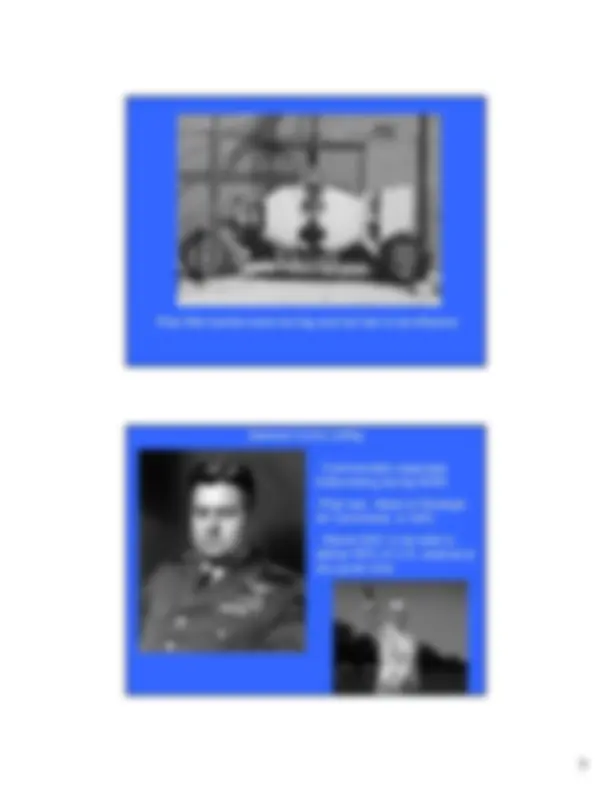
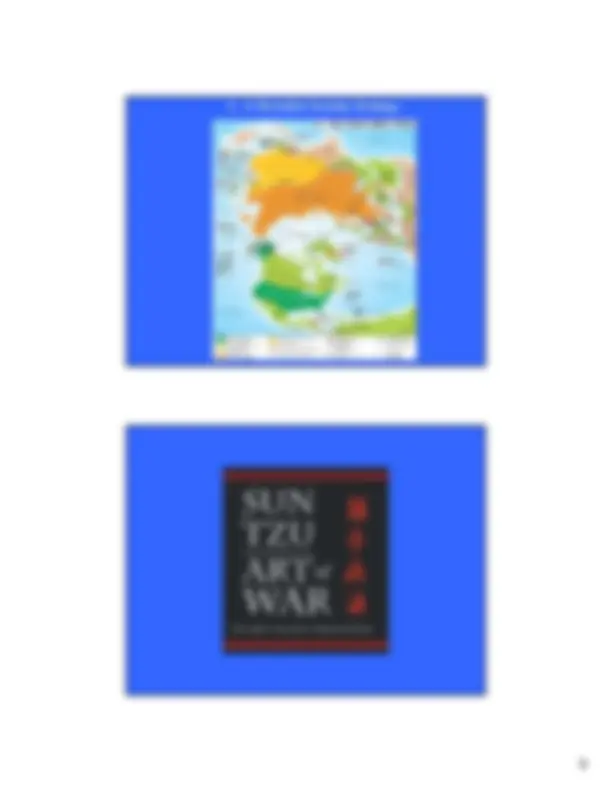




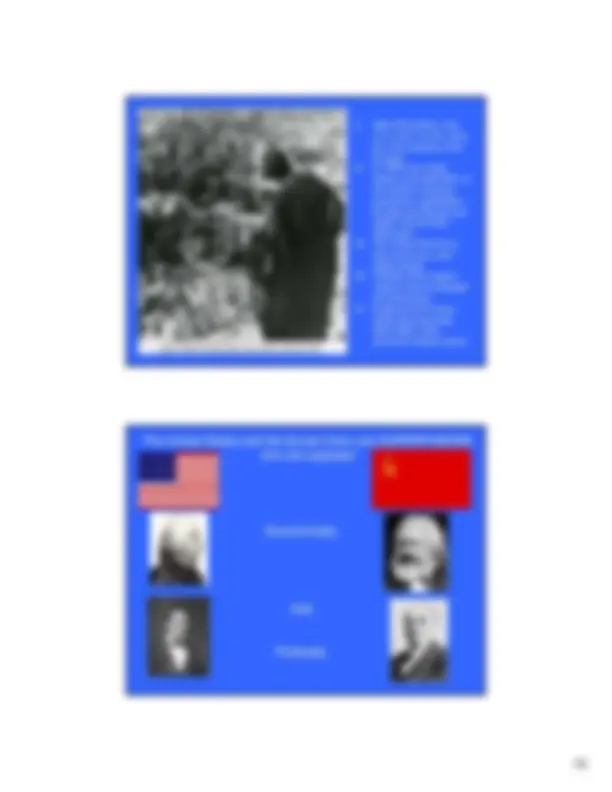


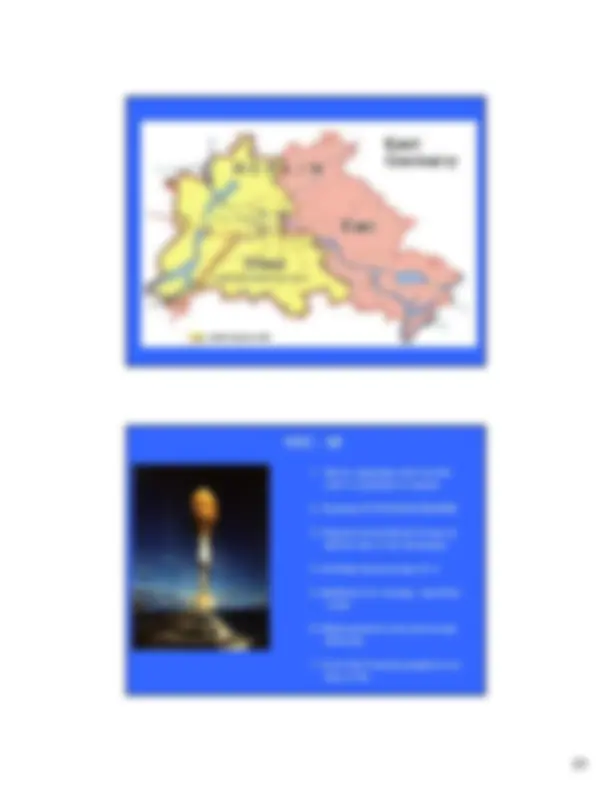
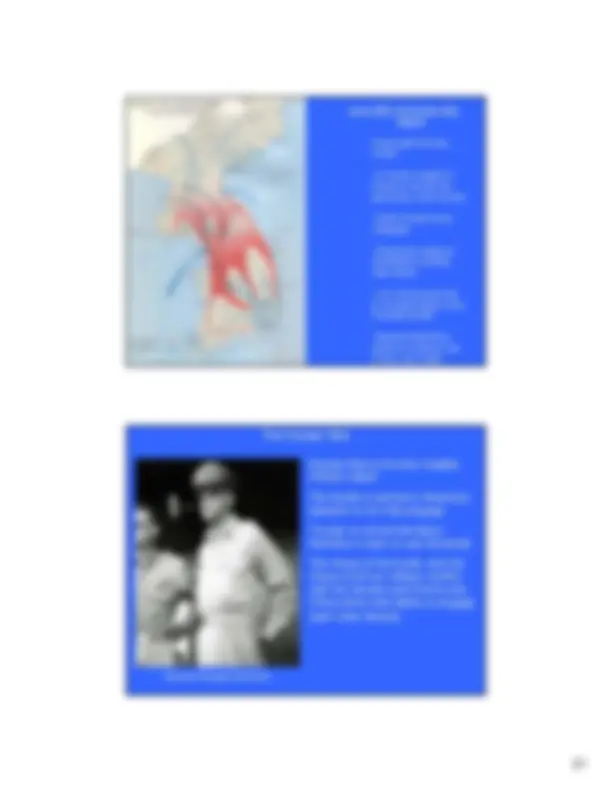


Study with the several resources on Docsity

Earn points by helping other students or get them with a premium plan


Prepare for your exams
Study with the several resources on Docsity

Earn points to download
Earn points by helping other students or get them with a premium plan
Community
Ask the community for help and clear up your study doubts
Discover the best universities in your country according to Docsity users
Free resources
Download our free guides on studying techniques, anxiety management strategies, and thesis advice from Docsity tutors
The development of nuclear defense strategy during the early cold war era, focusing on key figures, events, and debates surrounding the role and scale of atomic weapons in diplomacy and military action. Topics include the evolution of nuclear weapons from kilotons to megatons, the influence of game theory, and the impact of the arms race between the united states and the soviet union.
Typology: Study notes
1 / 21

This page cannot be seen from the preview
Don't miss anything!














Week 3 Study Guide
Terms/People/Events:
John von Neumann George F. Kennan Bernard Brodie Marshall Plan Edward Teller Truman Doctrine Harry Truman NATO Game Theory Berlin Airlift Minimax theorem Containment Deterrence Iron Curtain Massive Retaliation NSC- SAC Berlin Wall SIOP Douglas McArthur 38th Parallel Sputnik 1 General Curtis LeMay Henry Kissinger Proxy Wars Warsaw Pact
Questions to ponder:
I. Scale and Scope of Atomic Weapons
In Scale:
Increased in yield, from KILOTONS to MEGATONS
In Scope: Weapon delivery systems diversified as well.
Tactical – Like the Atomic Cannon (Albuquerque); battlefield.
Strategic – Megatons, ICBMs and Long range missiles targeted at cities.
Different delivery systems (bombs, larger bombs, missiles, shot out of cannons, submarines, ICBMs, etc…)
Winston Churchill believed that in the nuclear age: “safety will be the sturdy child of terror, and survival the twin brother of annihilation.”
In short, Byrnes and Churchill are positive about the bomb and its role in diplomacy
Walter Lippmann is less confident:
Post-War bombs were too big and too few to be effective
General Curtis LeMay
-Post-war, Head of Strategic Air Command, or SAC
Shot Mike, Operation Ivy, Eniwetok atoll, 10 megatons, 1 st^ Hydrogen bomb, November 1, 1952
Summary:
II. A Workable Nuclear Strategy
John von Neumann with Oskar Morgenstern
In 1944 von Neumann teamed with Oskar Morgenstern to publish Theory of Games and Economic Behavior, the world’s introduction to game theory.
At different points, both LeMay and von Neumann proposed to their presidents pre-emptive strikes against the Soviet Union
Thomas Schelling
-RAND
Deterrence is a product of GAME THEORY
In 1947, George F. Kennan, a young diplomat and Soviet specialist, drafts a “LONG TELEGRAM” to the state department.
Germany becomes the first major focal point of Cold War tensions